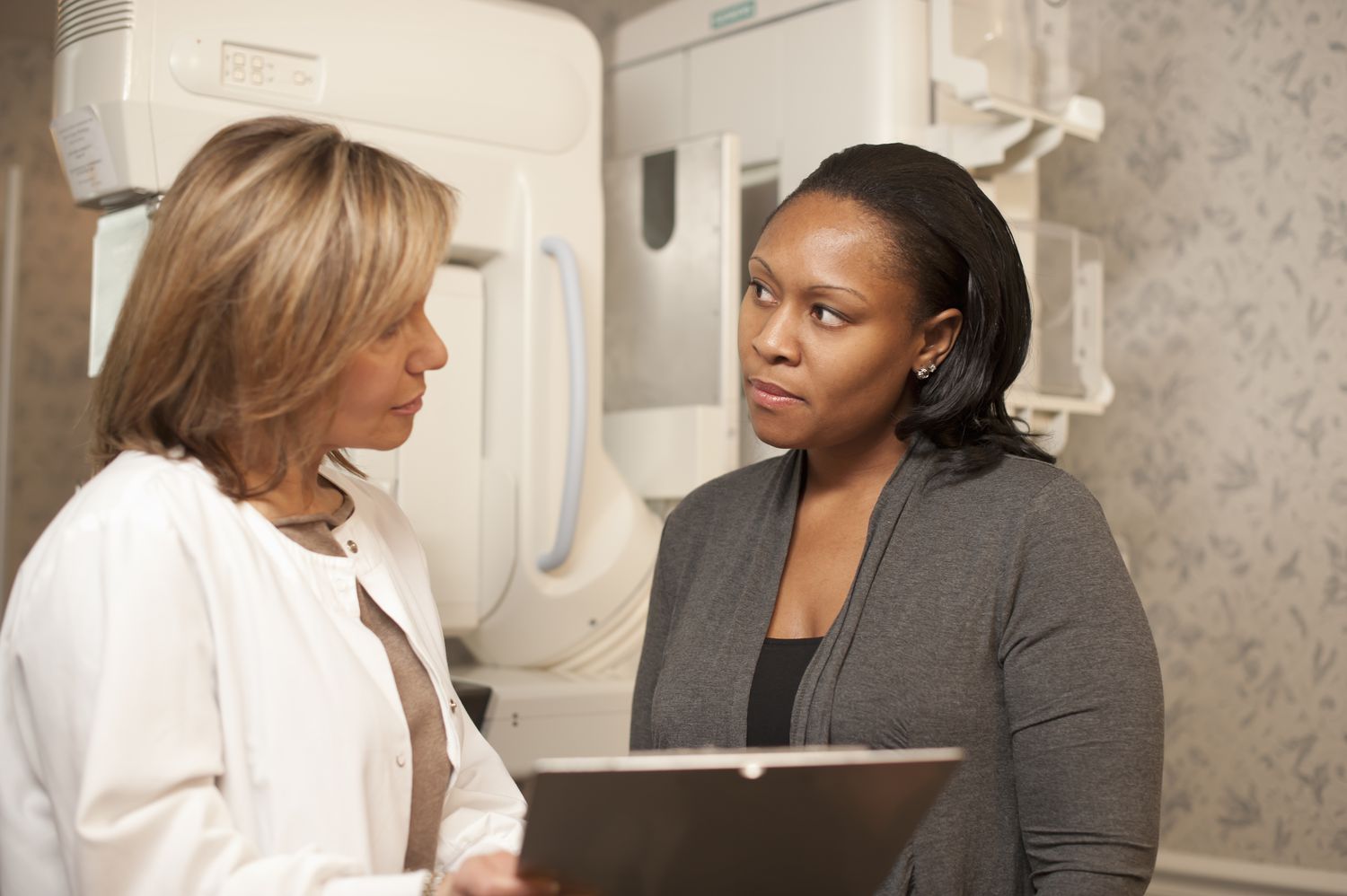Expert Panel Recommends Starting Breast Cancer Screening at Age 40

The US Preventive Services Task Force (USPSTF) has issued new guidance suggesting women undergo mammogram screenings every other year starting from the age of 40, continuing until 74 at minimum.
This denotes a significant shift from earlier advisements from the task force, which proposed screenings for women not later than the age of 50.
There has been a observed increase in breast cancer incidents of late, with an average annual rise of 2% from 2015 to 2019. These statistics were cited in the newly issued recommendation statement, as published in JAMA.
The revisions aim in helping medical professionals diagnose breast cancers earlier, thus increasing the chances of saving more lives, noted Wanda Nicholson, MD, MPH, MBA, chairperson of the USPSTF. "This will be particularly beneficial for women entering their forties," stated Dr. Nicholson, indicating that implementing the guidelines could prevent 1.3 deaths per 1,000 women screened.
Several other organizations like the American College of Radiology (ACR), the American Society of Breast Surgeons (ASBrS), and the Society of Breast Imaging (SBI) advise women to take annual mammograms starting from the age 40, according to Laura Dean, MD, a diagnostic radiologist at Cleveland Clinic.
Some service providers argue the recently revised USPSTF recommendations do not entirely safeguard women against breast cancer.
"While the task force recommends biennial screenings, it is the annual screening that saves most lives," argued Natasha Monga, MD, a breast radiologist at The Ohio State University Comprehensive Cancer Center. "Implementing annual screenings from age 40 allows early detection of cancers, when they are smaller and more treatable, which could lead to less invasive treatments."
Nonetheless, Dr. Monga acknowledged the new recommendations as progress, emphasizing their importance for Black women who are often severely affected by breast cancer due to several issues plaguing the US healthcare system. The task force's recommendation underscored that the systemic and structural racism has contributed to creating obstacles for Black women in accessing quality healthcare.
"Breast cancer is often diagnosed at an early age in Black and other minority women," stated Dr. Monga. "These women are more apt to be diagnosed with advanced-stage and more aggressive forms of breast cancer and have a higher likelihood of succumbing to it."
Below, we delve into the significance of the new guidance for women aged 40 or above who haven't yet had a mammogram.
The draft of the updated guidance was first introduced in May 2023, and today's finalized recommendations verify USPSTF's position on the initial age for mammogram screening.
If you're 40 or above and haven't undergone mammogram screening, now is the time to schedule one. "Women aged between 40 and 50 who haven't yet screened for breast cancer should engage in a discussion about scheduling their initial screening with their healthcare providers," advised Douglas Marks, MD, a medical oncologist at NYU Langone Perlmutter Cancer Center.
Dr. Nicholson added that numerous healthcare providers would likely commence reaching out to patients in the mentioned age group shortly.
Under the Affordable Care Act (ACA), private health insurers must generally cover the full expense of mammograms without patient out-of-pocket costs.
The recommendations are relevant to all cisgender women and individuals assigned female at birth, such as transgender men, according to the new statement. It doesn't apply to individuals previously diagnosed with breast cancer or those with certain genetic markers, namely BRCA1 or BRCA2 variations. For these high-risk groups, it is advised to consult with their healthcare providers to understand the most appropriate screening method and frequency.
If you're unsure about the requirement for mammograms, your physician can assist you in deciding on which appointments to fix and when to schedule screenings.
The primary update outlined in the recommendation statement pertains to the initial age for mammograms for women; it also contains details regarding other aspects of breast cancer prevention.
"Our statement also suggests that women may opt for either 2D or 3D mammography since the most recent evidence indicates both are equally effective," added Dr. Nicholson.
Though 3D mammography helps providers diagnose more cancers, women shouldn’t skip appointments for 2D mammograms—which are what have traditionally been offered before the new 3D technology became available—if that’s all that’s available at their healthcare facility. “I would not forgo a screening mammogram for the sake of seeking out a facility with a 3D capability,” Dr. Dean said. “I would argue that a standard 2D mammogram is better than no mammogram at all,” she added, explaining that most of our research on the lifesaving capabilities of mammography is based on the 2D technology.
The recommendation statement also said more research is needed to learn how best to screen women with dense breasts and to learn how to reduce barriers to care for Black women.
An editorial published in JAMA with the recommendation statement argued that the USPSTF should have done more to address the emergence of AI tools that claim to be able to read mammograms. “We are concerned that a…swift adoption of new AI support tools may occur before there are adequate scientific data to justify use at a population screening level,” the authors wrote.
Earlier breast cancer screenings will help doctors find and treat some tumors when they’re smaller, Dr. Dean said. She added that many women assume they don’t need screenings because they don’t know of any relatives who have had the disease.
“One thing I like to emphasize is that a lot of patients often say, ‘I never thought I would get breast cancer because no one in my family has ever had it,’” Dr. Dean said. “That’s a common misconception that comes up a lot in my day-to-day practice.”
The reality, she explained, is that 75% of breast cancers are diagnosed in women with no family history—underscoring the fact that all women are at risk of the disease and need to get screened regularly.




